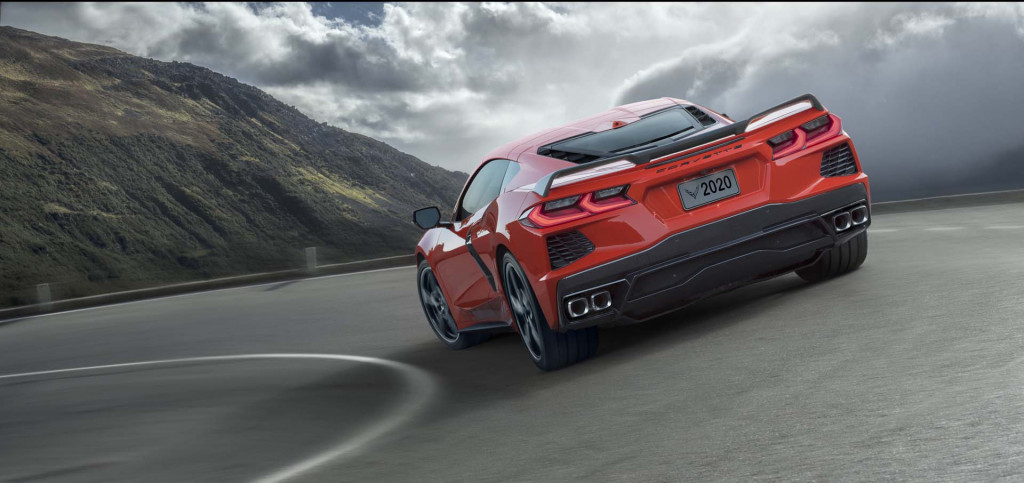We knew the 2020 Chevrolet Corvette Stingray was going to offer incredible performance in base form simply because of the mid-engine layout, but Chevy made fans' jaws drop when it announced the car's 0-60 mph time.
The 495-horsepower mid-engine Corvette Stingray will scoot from 0-60 mph in 2.92 seconds when equipped with the Z51 package and performance exhaust. Keep in mind, that's about what today's 755-hp Corvette ZR1 does, and that car costs more than $120,000. We're likely looking at less than $70,000 for a base Corvette Stingray with the Z51 package and performance exhaust. How will Chevrolet get there? Engineering explainer extraordinaire Jason Fenske dedicated a full episode of Engineering Explained to dish out the details.

2020 Chevrolet Corvette Stingray
First of all, a car needs power to achieve a quick 0-60 mph time. The 2020 Corvette has that. The 6.2-liter LT2 V-8 mounted in the middle makes the aforementioned 495 horsepower.
Next, the car needs a quick-shifting transmission. The C8-generation Corvette also checks this box with an 8-speed dual-clutch automatic. Aside from quick shifts and ratios that keep the engine in its power band, the main advantage of the DCT is it never pauses power delivery between gears, so the car is always accelerating with the throttle mashed.
Tires are another big contributor to quick 0-60 mph times, and this is where Jason breaks out the math. He calculates the frictional coefficient of the tires that will be mounted on the new Corvette, Michelin PS4S rubber, at 1.336 Gs. The number helps find the answer to an important equation: force, or in this case, the maximum force with which the car can accelerate. Force is the frictional coefficient multiplied by the normal force. Translation: Force equals the frictional coefficient of the tires multiplied by the normal force, or the weight pushing down on the tires.

2020 Chevrolet Corvette Stingray
The latter half of that equation shows the advantage of the new engine placement. With more weight over the rear axle due to the mid-engine layout, the 2020 Corvette Stingray can accelerate at a quicker pace.
Assuming executive chief engineer Tadge Juechter's estimate of a 40/60 front/rear weight distribution, a center of gravity similar to that of the current Corvette, and taking the new car's wheelbase into account, Jason solves for the quickest possible time for acceleration. That figure is 2.76 seconds with max acceleration of 0.99 Gs. That compares to a time of 3.31 seconds for the outgoing base Corvette, and its max acceleration is .826 Gs. Jason says the new car won't be able to accelerate that quickly because it would likely need more than 495 hp, but his math shows why the new car can post a 2.92-second time with less power than the current ZR1.
Jason continues and makes some bold predictions. He figures the quickest possible acceleration with stickier tires and comes up with a time of 2.5 seconds, which might work for a future Z06 or ZR1. He also says the 2020 Corvette's new layout could lead to a braking distance shorter than the Porsche 911 GT2 RS's 87 feet from 60 to 0 mph.
We'll see if Jason is right about his predictions in the not-too-distant future, especially that braking figure. In the meantime, click on the video above for Jason's entertaining and in-depth descriptions of the concepts discussed here.


